Signs and Displays
Introduction
Engaging students in making signs enhances their sense of belonging and connection with their campus and the schoolyard forest. Signage can draw on the arts, language arts, sciences, and social sciences. Text possibilities include the common and/or scientific name of the tree, names in other languages, as well as the indigenous name of the tree. More elaborate signs can combine informational text and illustrations about the botany, ecology, history, ethnobotany, or cultural value of a tree.
Considerations
When deciding on a sign-making project, teachers may want to consider the following aspects:
Flexibility versus permanence. Temporary signs, such as those made from laminated paper, easily allow signs to be updated each year by students as part of an annual classroom project, while demonstrating that student voices are visible and valued. Permanent signs are usually made just once by professional businesses. They are not easily updated but have the advantage of being more sturdy, attractive, and weatherproof.
Materials. Using reclaimed materials—wood or other scrap materials—keeps costs down and provides an opportunity to introduce sustainable sourcing into conversations with students.
Student involvement. Students can be involved in all parts of sign design and assemblage, depending on their age. This is also an opportunity for them to learn how to use tools safely. Depending on the plant species, students can also be involved in Creating Signs for Culturally Relevant Plants (KidsGardening) - important for a sense of belonging, while also providing an opportunity for learning.
Community involvement. Adult or youth volunteers from the community can be invited to help assemble signs, especially when more tool expertise is needed. Making signs can be a great community workday task.
Accessibility of signage. Tips for considering accessibility during sign design and placement are in Making Garden Signs for Accessibility to All (KidsGardening).
Legibility. Remind students to use large clear letters that other students, including younger ones, can read.
Signage Materials and Design Possibilities
Laminated Paper Signs
Laminated paper signs can be simply stapled to a wooden post. They can also be clipped on to a more permanent post and replaced as needed. Students can also design a sign on the computer and print it out, but printed ink can easily smear when it rains, despite lamination.
Materials Needed:
Paper, cardstock, index cards, or waterproof paper
Art materials such as pencils, permanent markers, or paint
Laminator
Posts
Staple gun or small nails and hammer
Painted Wood Signs
Cover the wood with a base coat of paint and let it dry before students start writing or painting. Students can draft designs in advance and write them out in pencil on the sign before starting to use paint.
Materials Needed:
Flat rectangular pieces of wood
Stakes
Acrylic or latex paint
Paintbrushes
Screws or nails
Drill, screwdriver or hammer
Optional (sandpaper)
Wood Carved or Burned Signs
This style of sign can add a more natural aesthetic to the school forest signage. Because of the riskier tools involved, creating this type of sign is more appropriate for older students. Avoid wood burning on plywood or stained wood. These can release chemical toxins from the glues and stains during burning.
Materials Needed:
Tools for wood burning (pyrography) or carving
Flat wood for signs
Stakes
Screws or nails
Drill, screwdrivers, or hammers
Protective eye gear
Professional Signs
Custom plaques that are UV resistant can be commissioned with sign-making businesses. These signs have the advantage of being long-lasting and more formally attractive. Professional design help is often needed to create the final files that the sign business will use, but student designs and research can be incorporated into a permanent informational display. A drawback (along with the expense) is that new student cohorts cannot be involved in the creation and ownership each year.
Materials Needed:
Student designs and text
This kind of sign is outsourced
Larger Displays
Weatherproof, outdoor display cases are another option for communication by students and adults. These can be used, for example, to display student work, announce school celebrations of the forest, and invite the community to volunteer workdays. The outdoor location makes these displays visible to the whole school community, can support cross-grade interactions, and can build enthusiasm and engagement among families and other community members. Make sure to build a small roof or cover for display cases that are outside.
Sign Gallery
Scroll through this gallery to see other sign options to inspire and inform school signage.
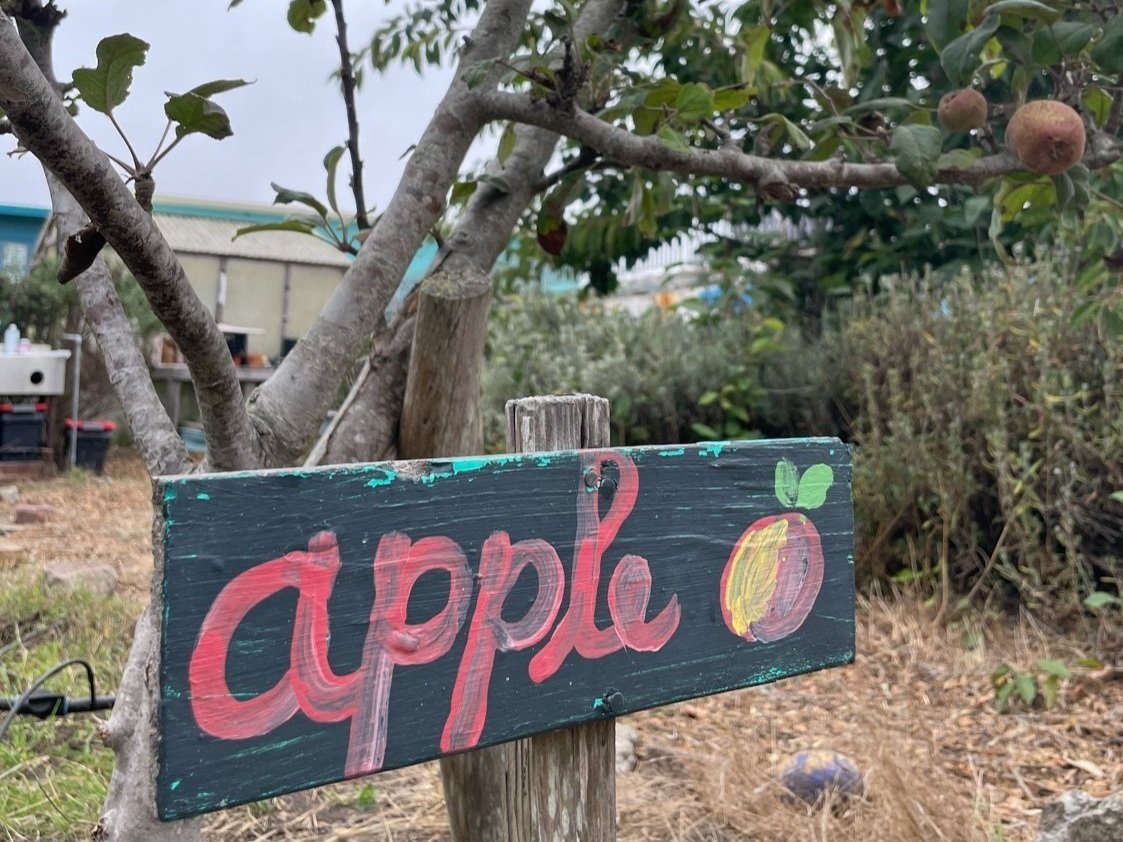
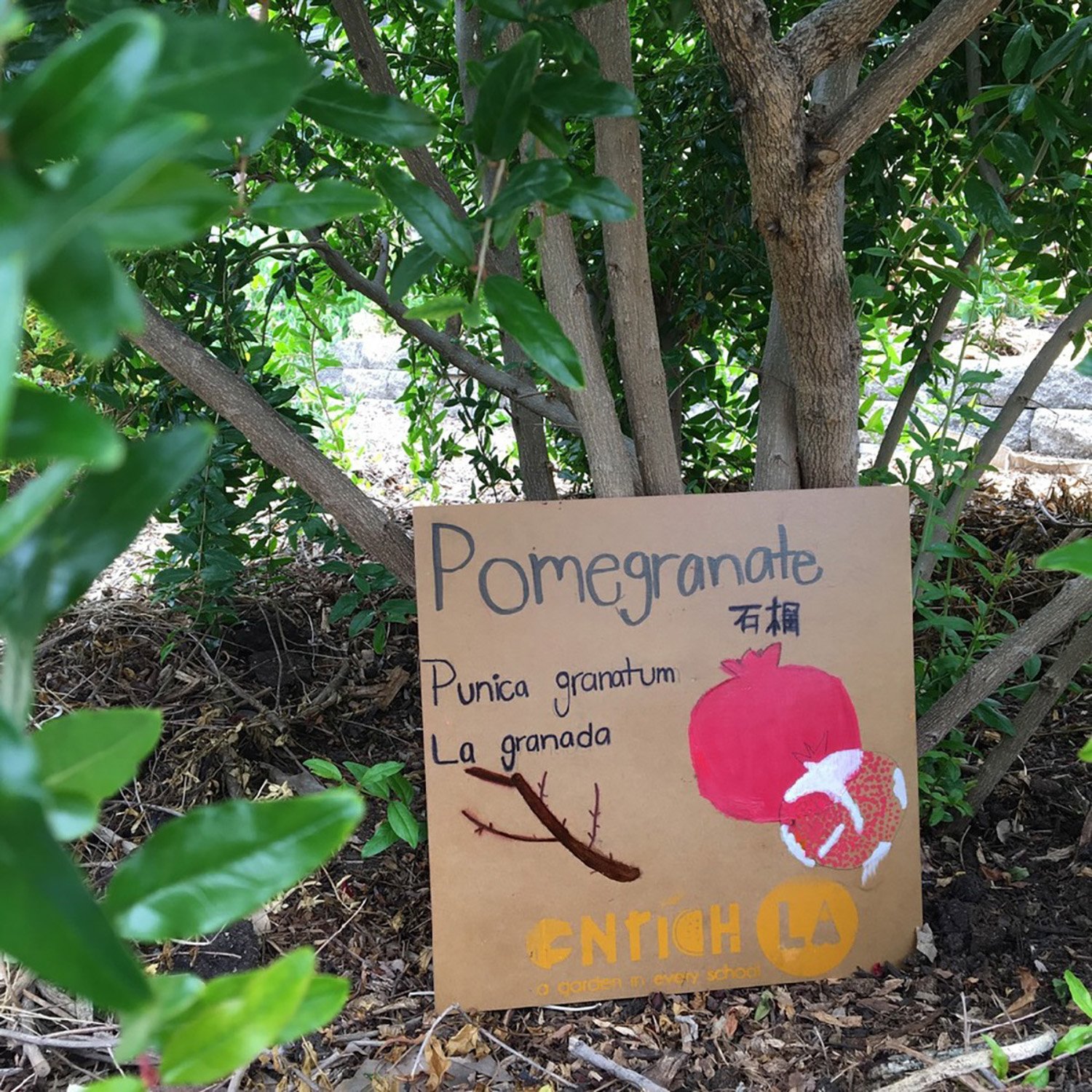



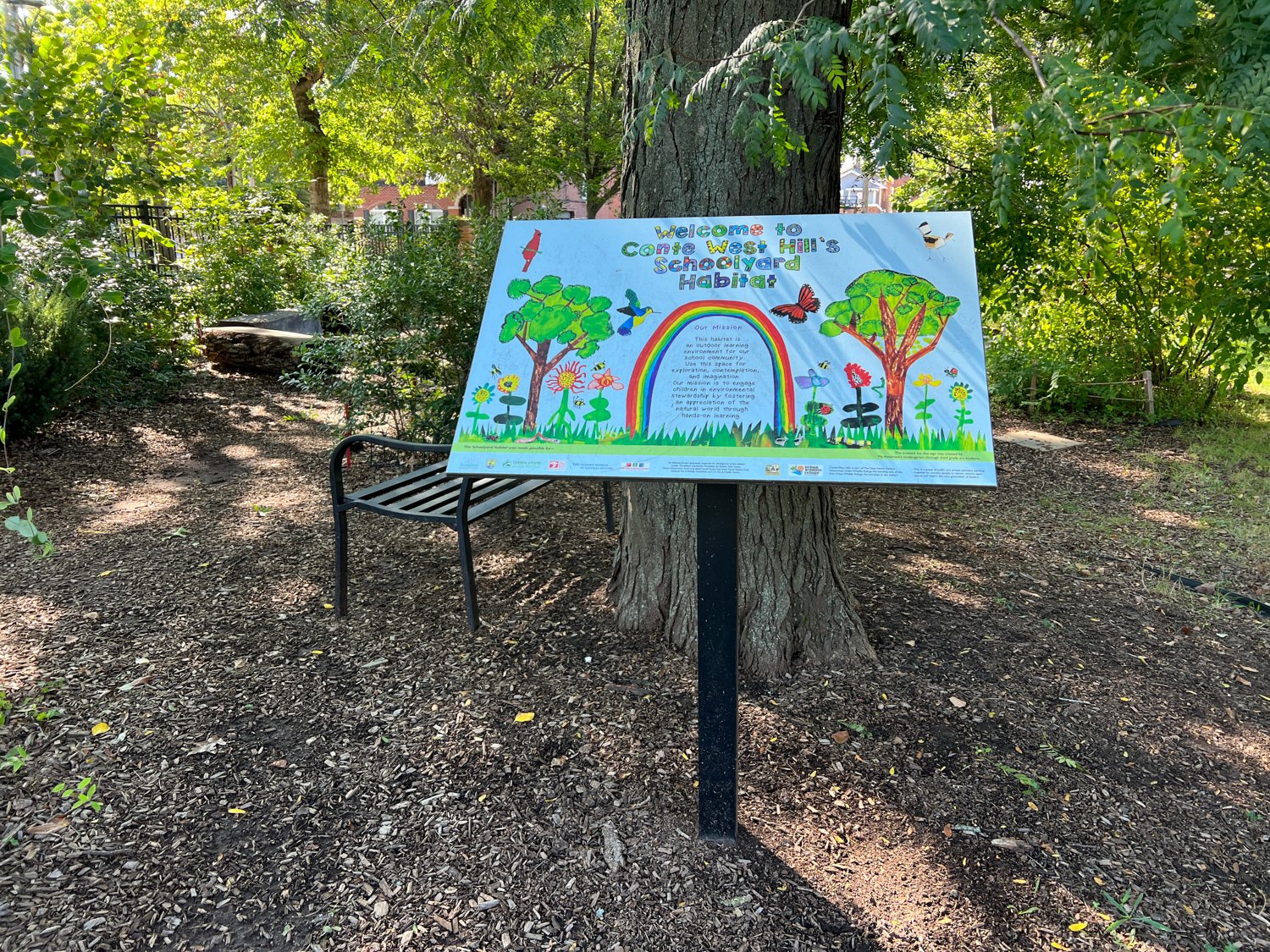

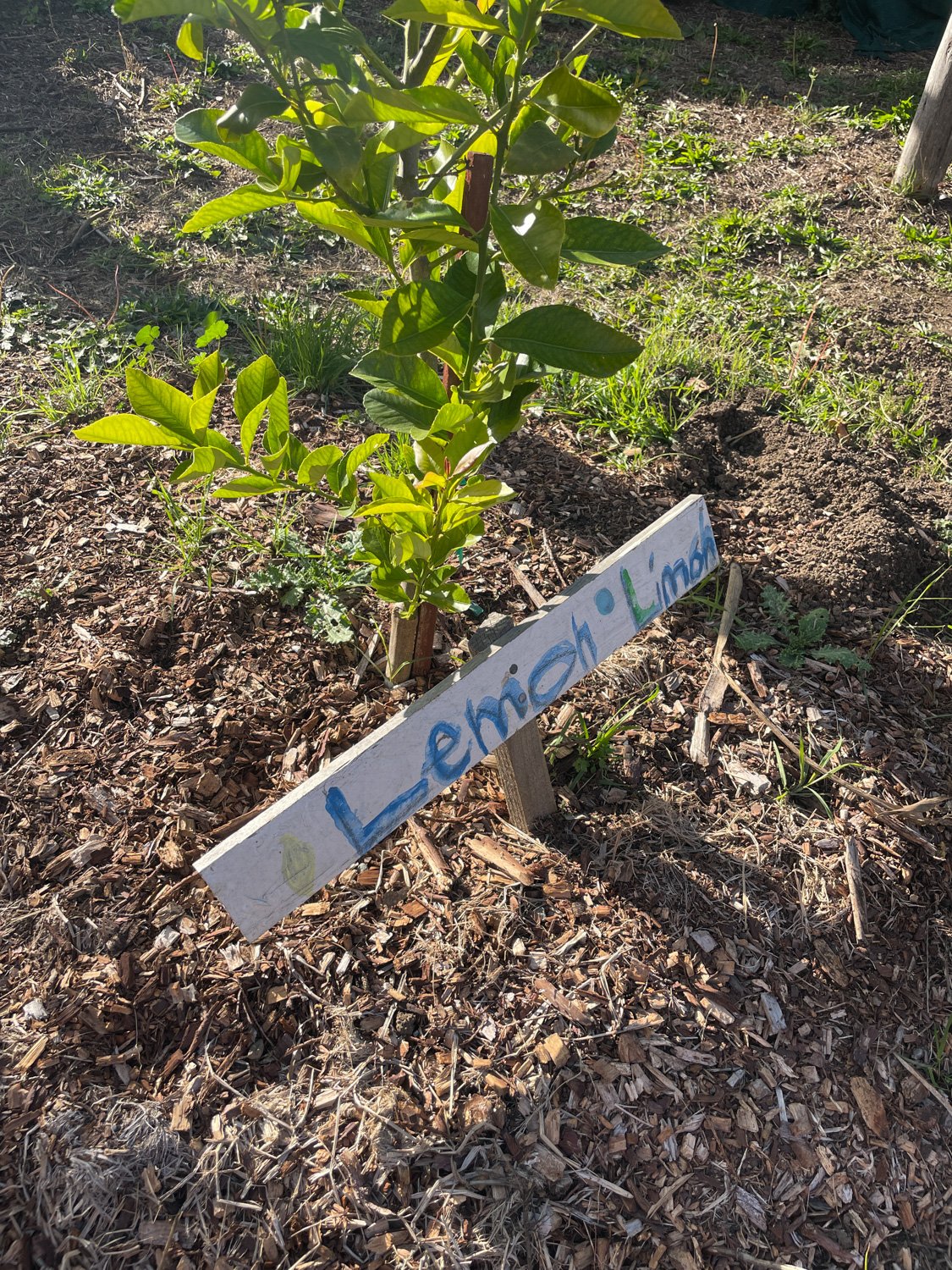

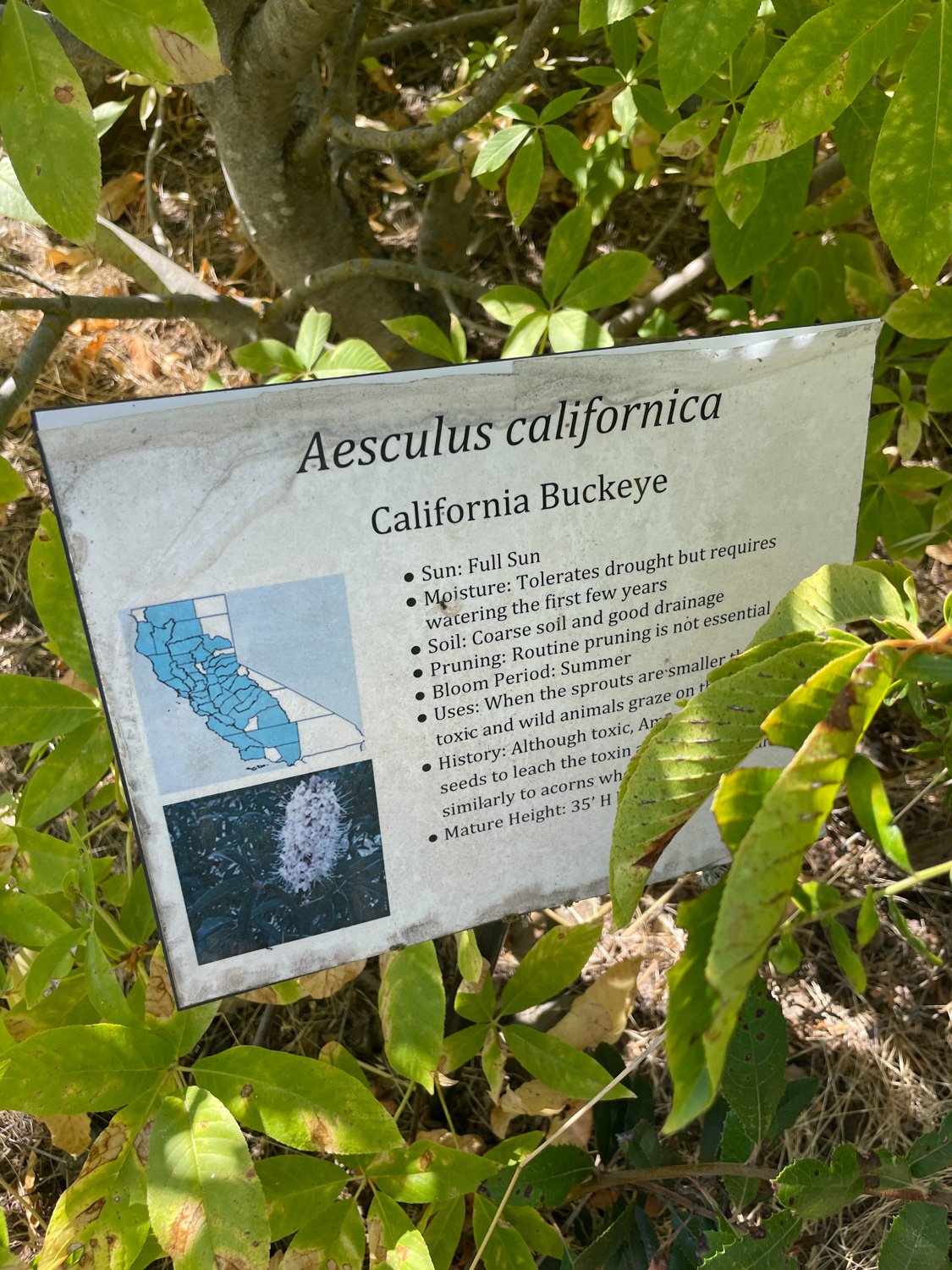



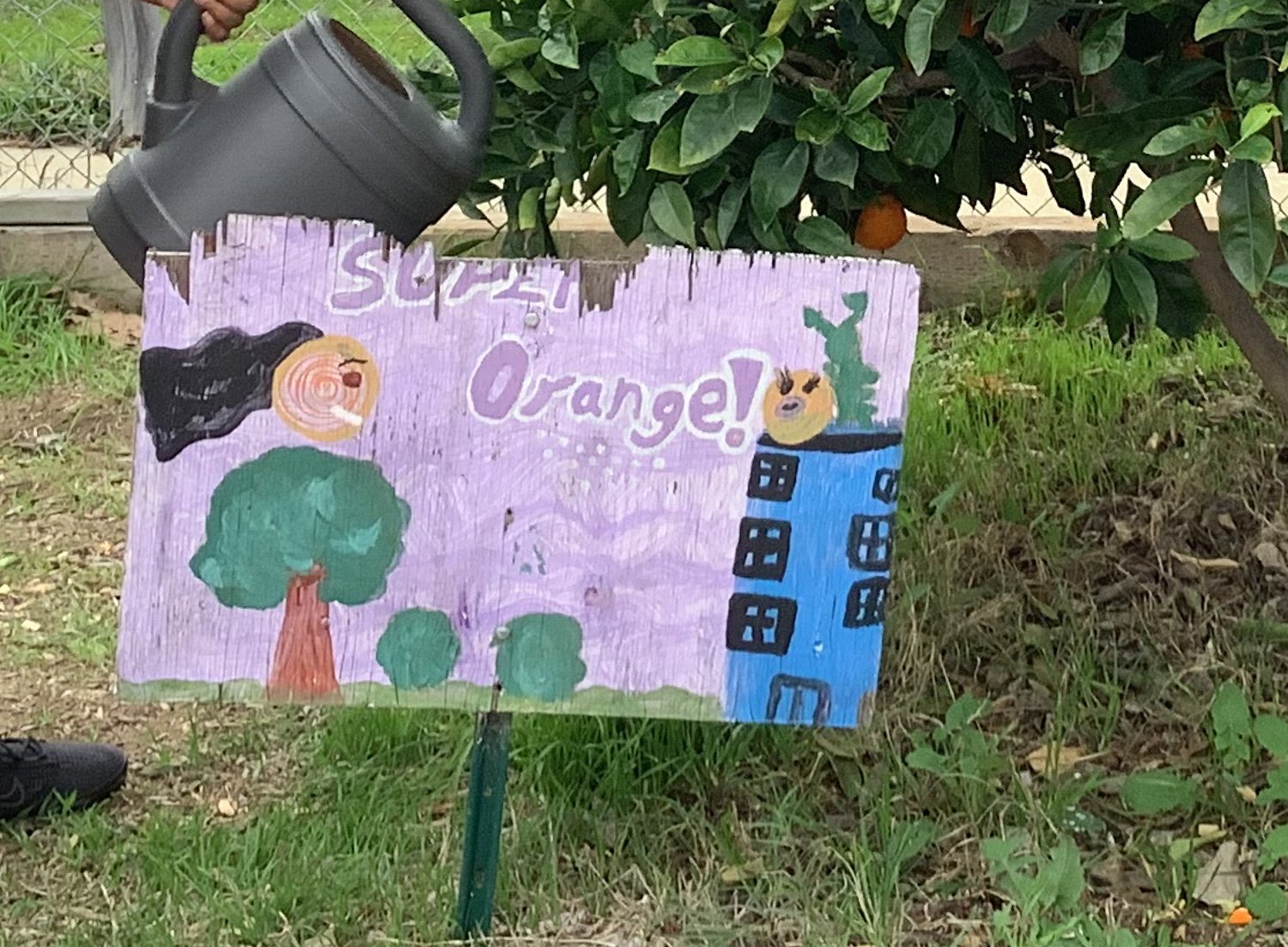
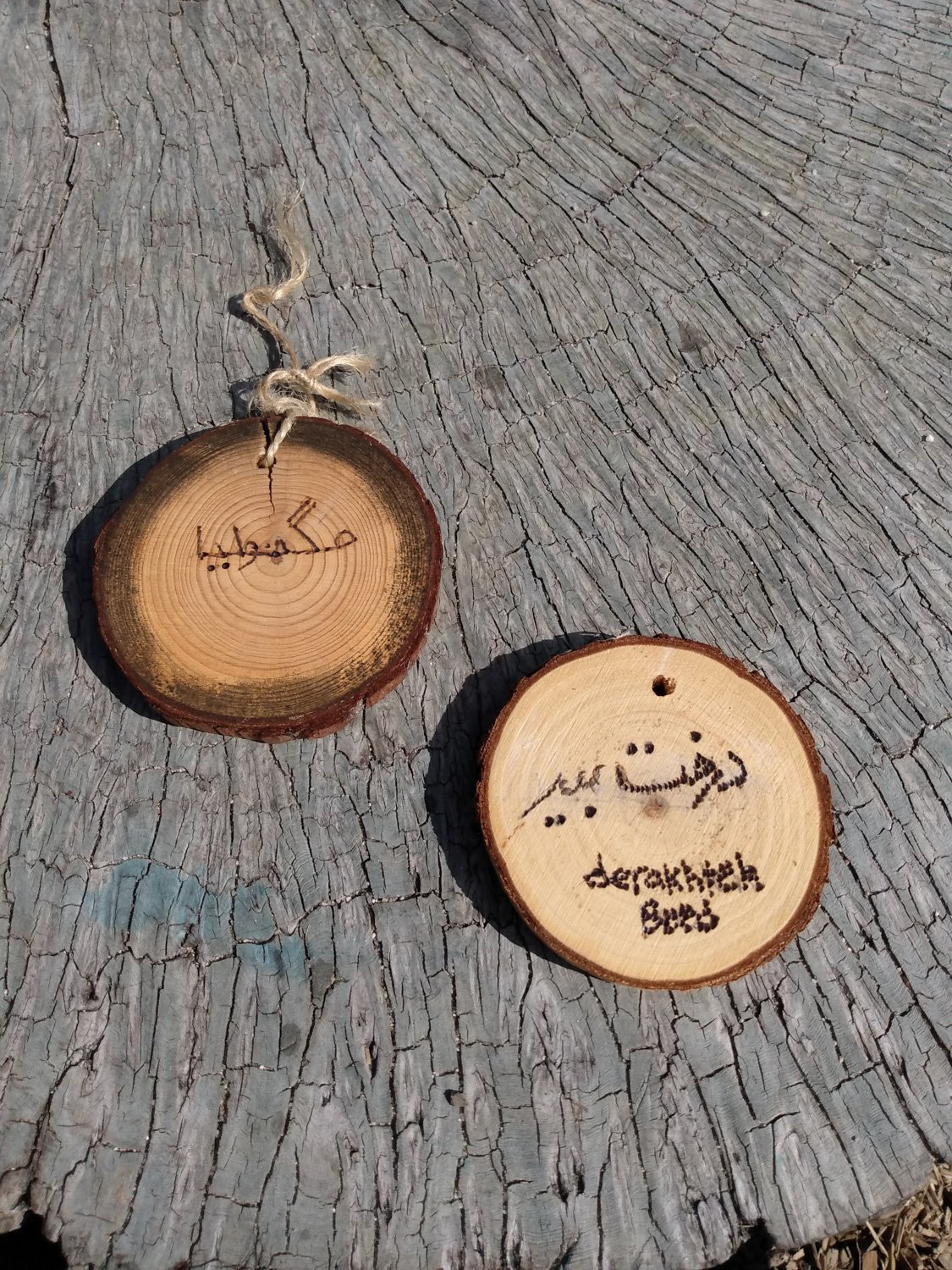
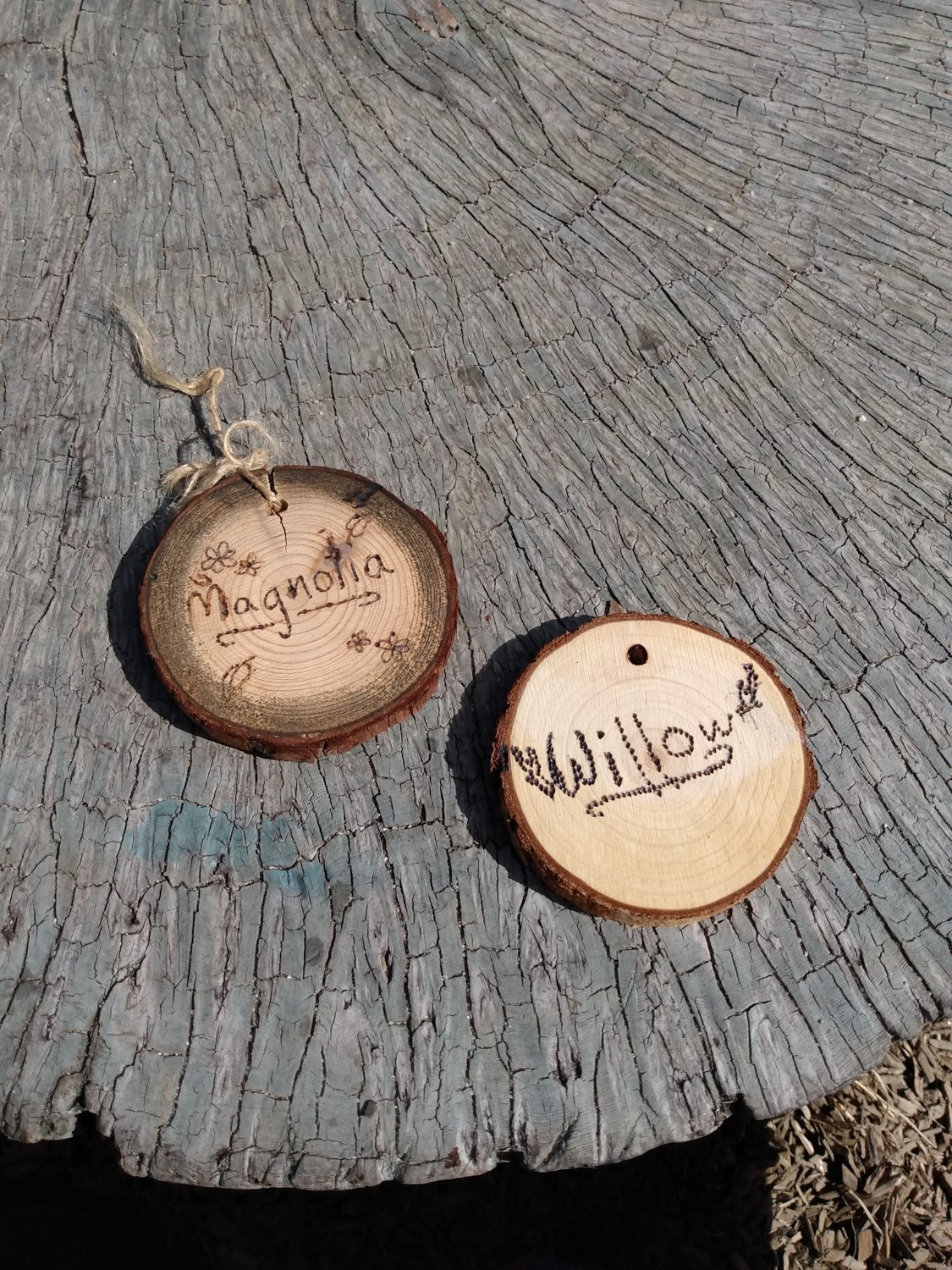

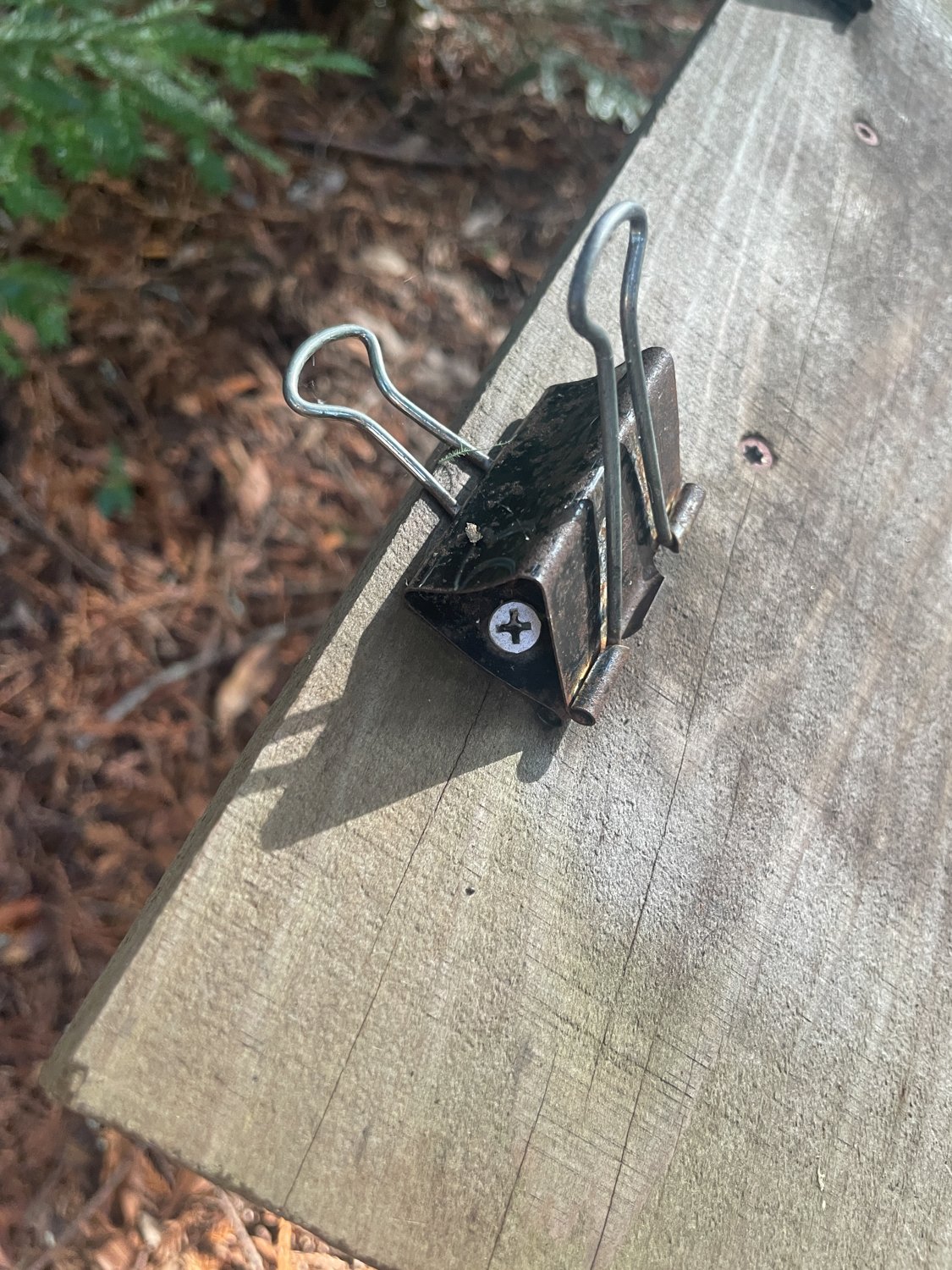
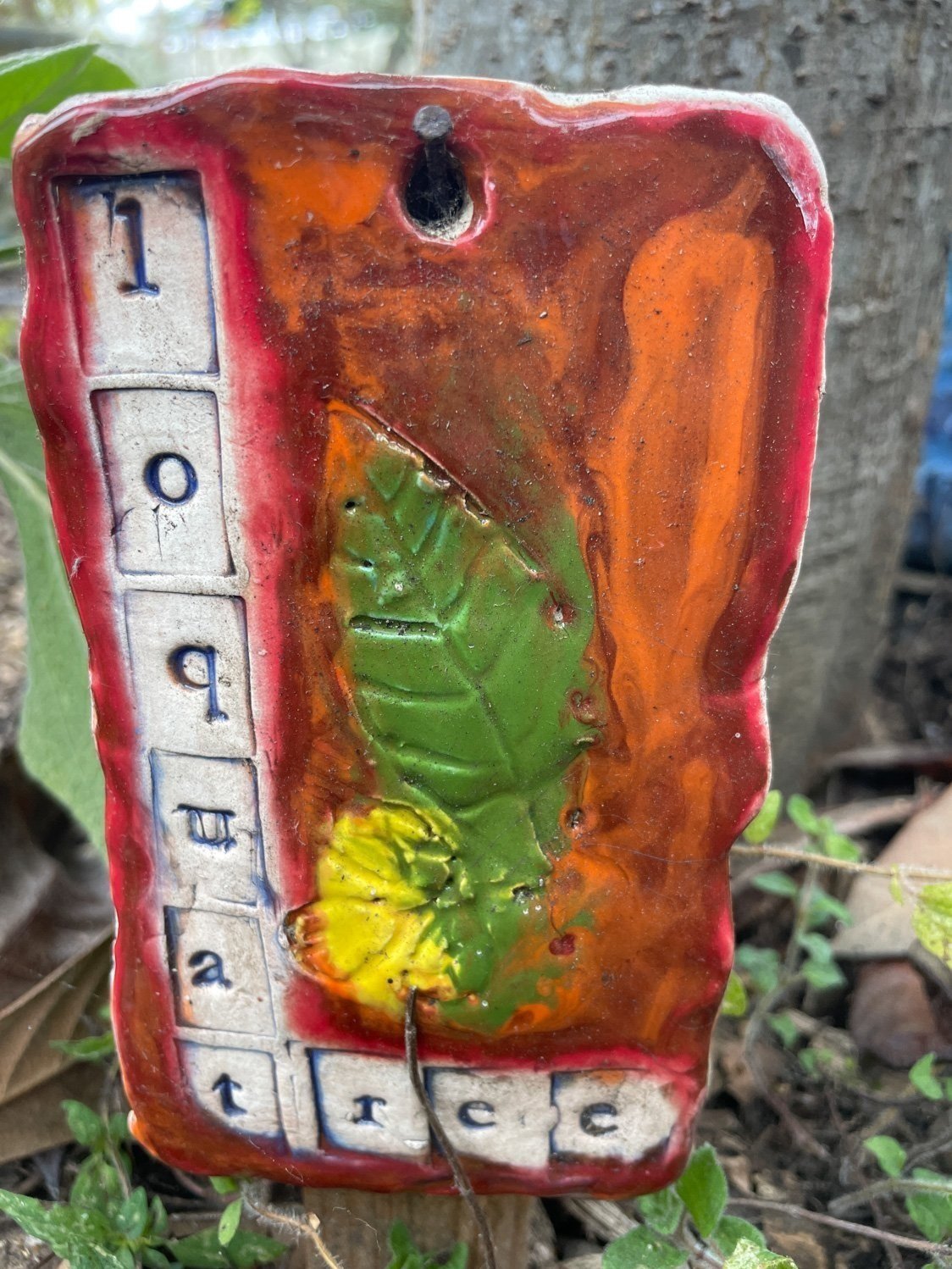


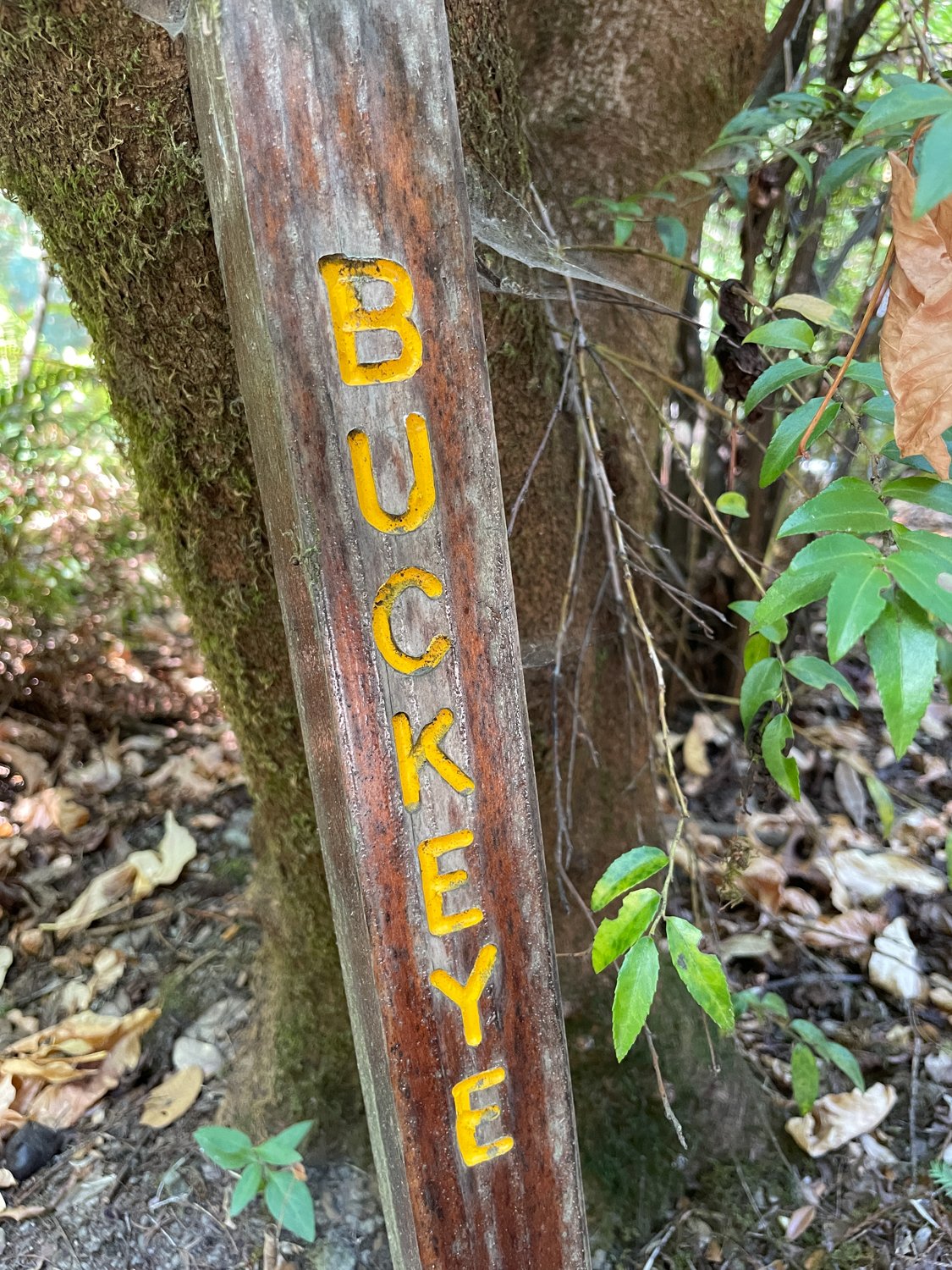
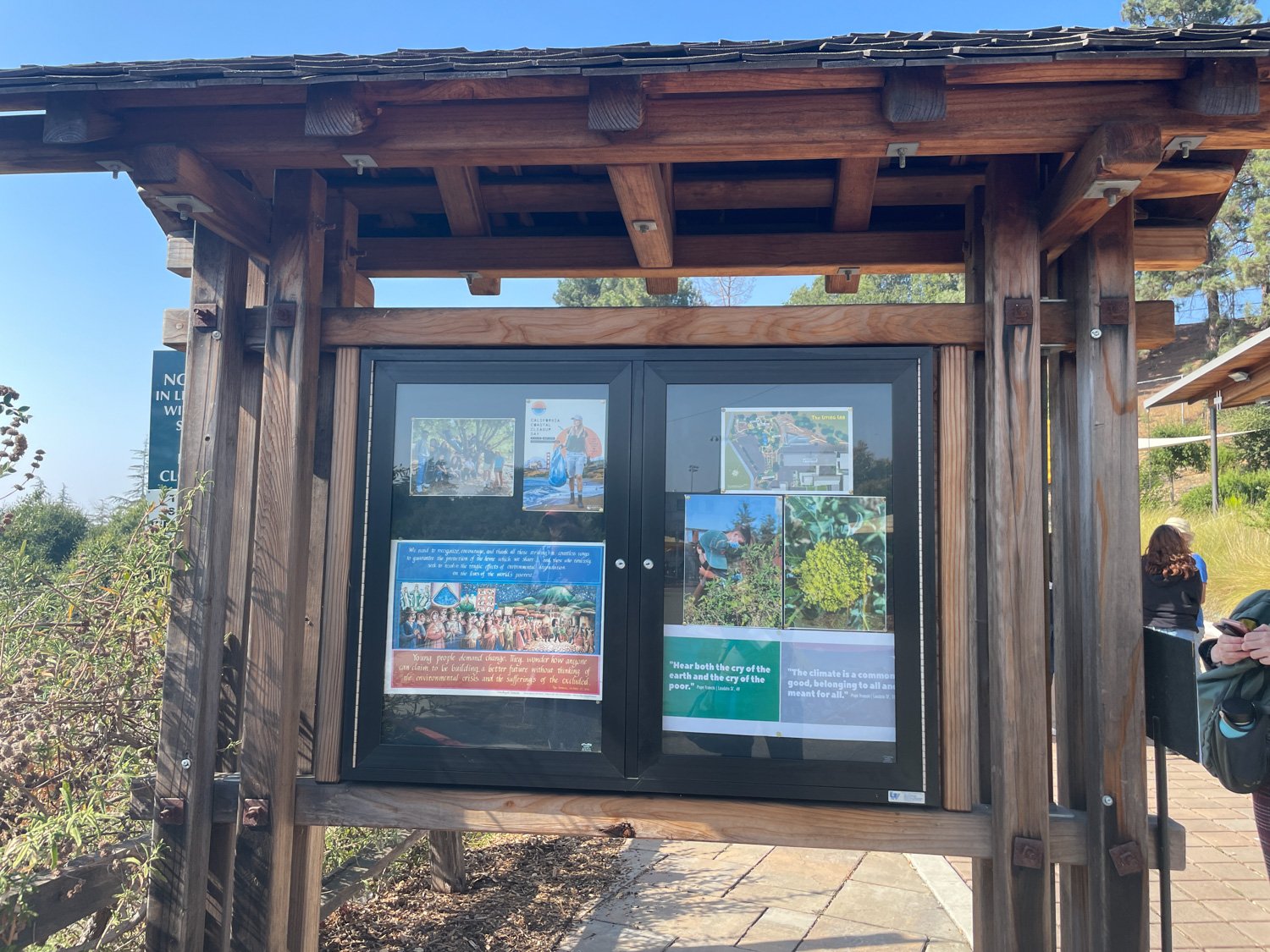
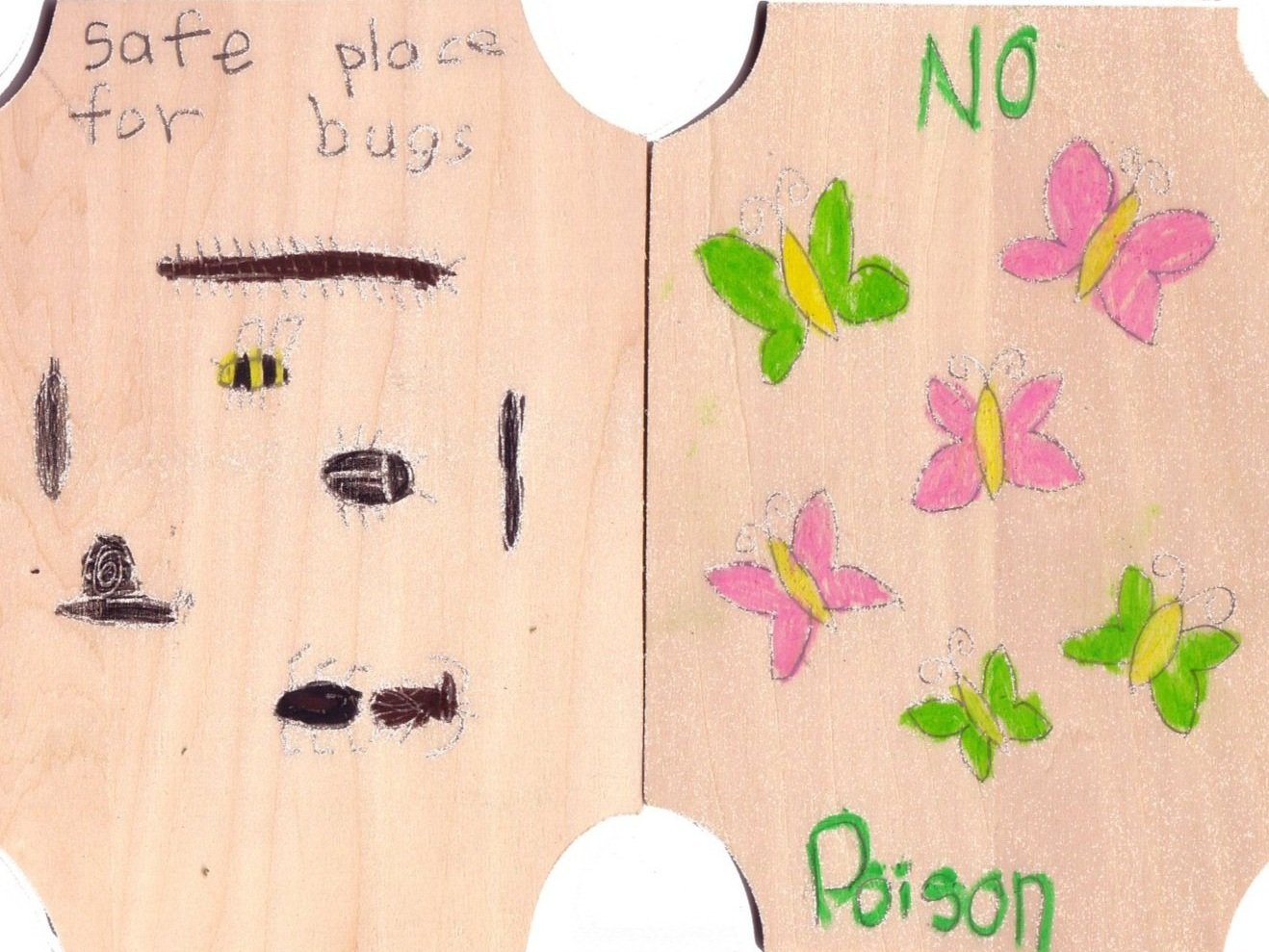
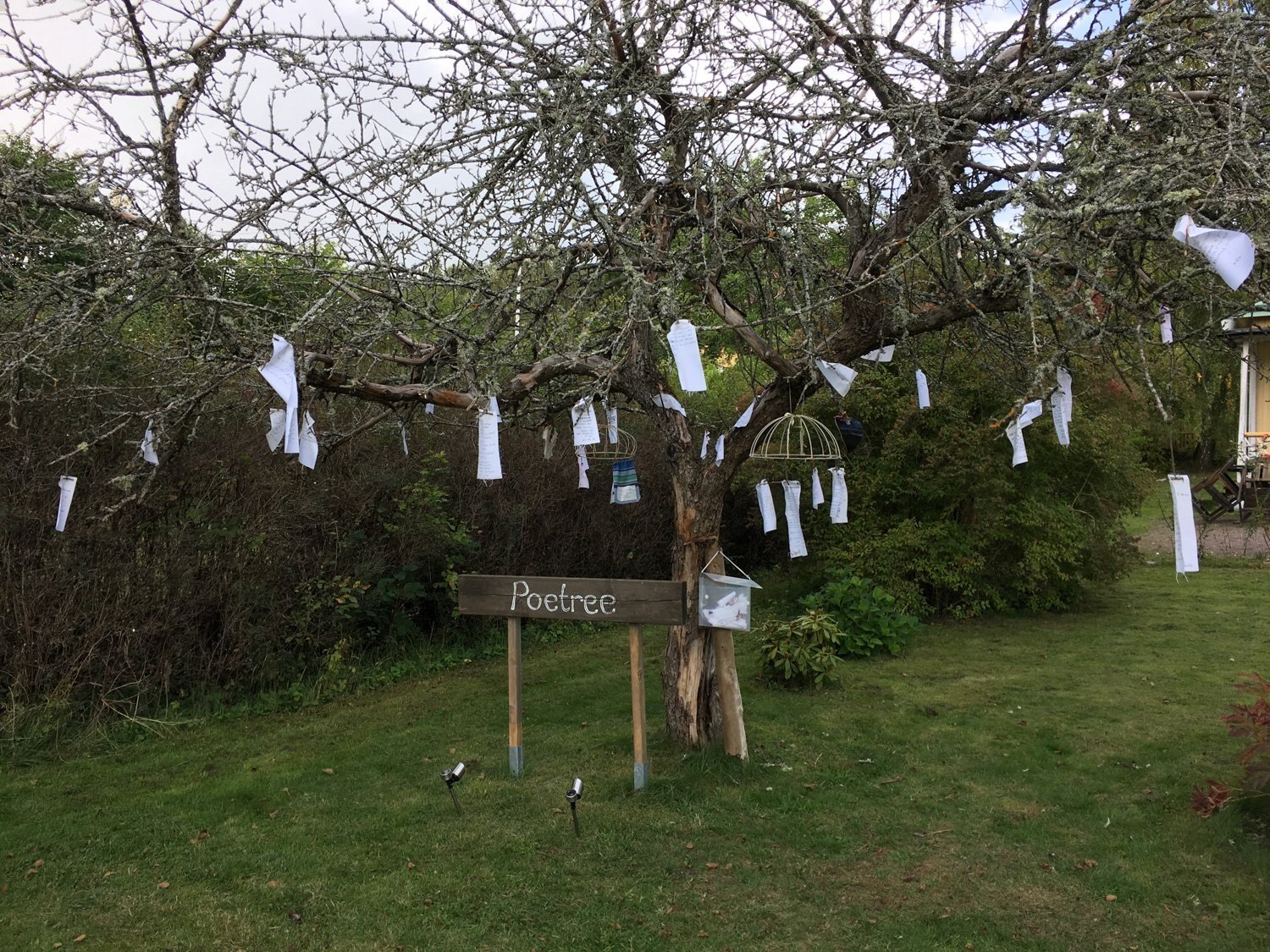





< Return to Educator Resources Home Page
Schoolyard Forest System℠
The Schoolyard Forest System℠ Resource Library is a set of practical tools for schools and districts working to increase tree canopy on public school grounds to shade and protect PreK-12 students from extreme heat and rising temperatures due to climate change. Funding for the first phase of this initiative was provided by a grant administered by the California Department of Forestry and Fire Protection (CAL FIRE) Urban and Community Forestry Program, and private philanthropy.









